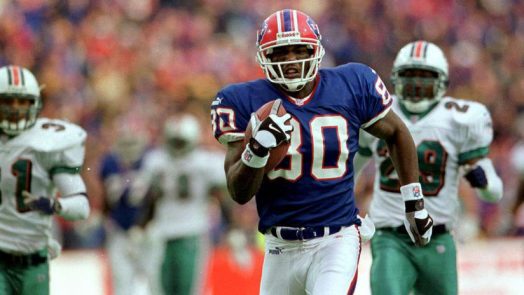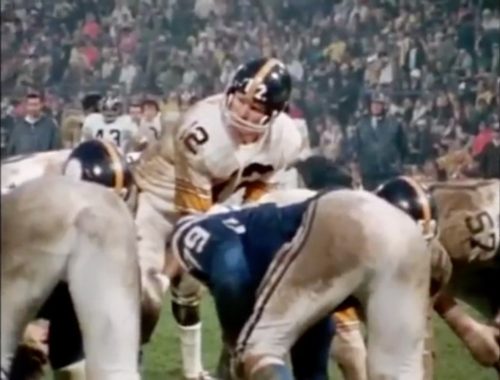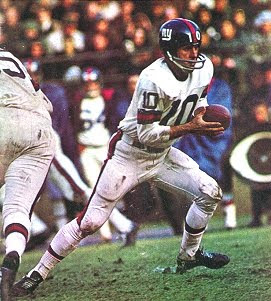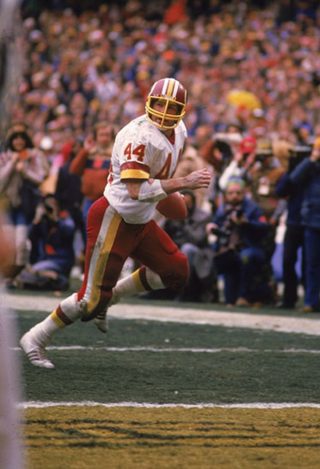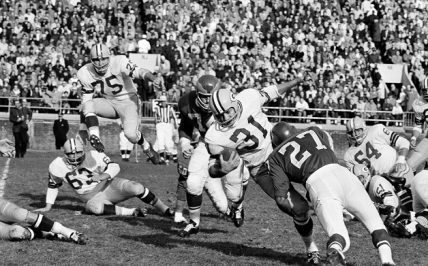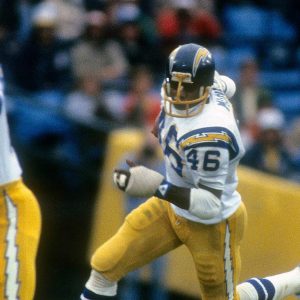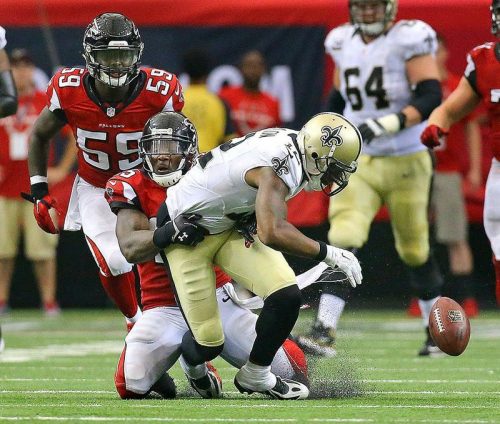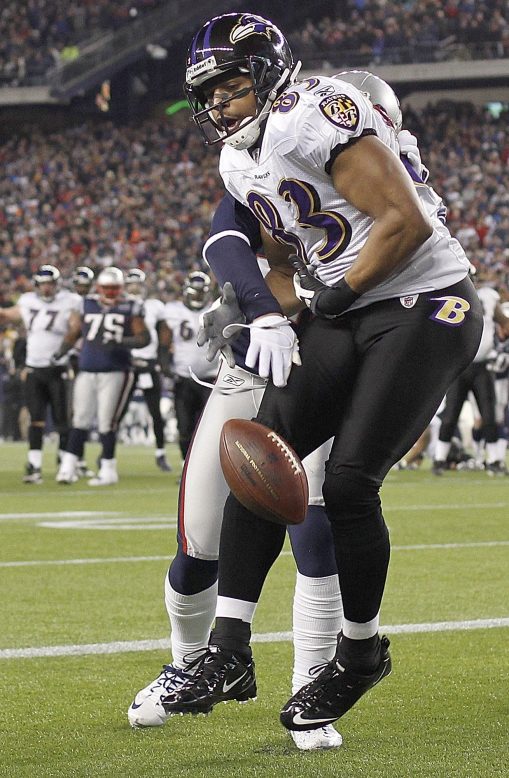Part 2 of our annual Buffalo Bills’ season review will focus on the offensive side of the ball. Surprisingly, the offense was the strength of the team all year, mainly due to the play of quarterback Josh Allen. Here’s a position-by-position critique of the Bills’ offense:
Quarterbacks
Josh Allen’s play in his third season drew rave reviews around the NFL due to an improvement level rarely, if ever, seen before at the game’s most important position. He solidified his spot as a franchise QB by leading a dominant passing attack that thrived despite the lack of a consistent run game. Allen has established himself as one of the game’s rising stars. Veteran Matt Barkley was the backup again in 2020 but rarely saw action due to Allen’s durability. He did impress in the club’s final regular season game against Miami in which they rested their starters. His contract is up now, so the question is, will he be back or will Buffalo turn to a younger option. They have 2 of those on the roster. Davis Webb and 2020 draft pick Jake Fromm. Since the pandemic wiped out the NFL’s preseason, neither Webb or Fromm has truly been evaluated yet.
Running backs
This is a spot that is in need of an upgrade if the Bills hope to take the jump to championship level. Devin Singletary was average at best as the starting back, and is not an explosive runner. Rookie Zach Moss, in my opinion, surpassed him as the lead back before a late-season injury ended his season. The Bills could be looking at a feature back early in the draft if one turns out to be the “best player available” when they get their turn at pick 30. Veteran T.J. Yeldon has served strictly as an insurance policy since he joined the team. He’s flashed some brilliance when he’s gotten a chance to play, but the fact that he’s almost always inactive and his contract is up leads me to believe that his days are numbered here, probably by his own choice. There are a couple of other interesting options on the roster. Undrafted rookie Antonio Williams became a fan favorite and a realistic possibility to make the regular roster when he was recalled from the practice squad for the finale against the Dolphins and played great. Former rugby player Christian Wade will get his final shot at making the team in 2021. He has also shined in limited preseason showings and has gotten to learn the nuances of the game the last 2 years. Taiwan Jones is on the roster strictly for special teams. Veteran Devonta Freeman was added to the practice squad after Moss was hurt. Was he just season-ending insurance or will he be back in 2021?
Receivers
The receiving corps was a major strength of the Buffalo attack in 2020. After adding veteran free agents John Brown and Cole Beasley in 2019, GM Brandon Beane made a bold trade to acquire Stefon Diggs from the Vikings to round out the starting 3 wideouts. He then proceeded to add another valuable receiving weapon in the fourth round of the draft when he “stole” Gabriel Davis. Beasley had a career year working out of the slot, while Brown’s production dropped, partly due to Diggs’ arrival as the main target of the passing attack. Isaiah McKenzie is a Swiss Army knife of a player who adds versatility to the unit, and is also the backup kick returner. He is due to be a free agent, and is one name the Bills should pursue, given his value in different areas. Andre Roberts, also an impending free agent, makes minimal contributions as a receiver but is an All Pro kick returner. The Bills also have some interesting prospects for the wideout position on their injured reserve/practice squad lists. Isaiah Hodgins, a 2020 sixth round draft pick, never got a chance to show his worth as he wound up on IR at the final cutdown. He is a rangy 6’4 receiver who is said to have excellent hands. Beane loaded up with extra insurance on the practice squad near season’s end. Kenny Stills is a veteran speedster known for his ability to go deep. Jake “Touchdown Jesus” Kumerow got some game action at Denver and scored a touchdown to put his name on the map. Duke Williams has been on the PS for 2 seasons now and has occasionally gotten a shot to play, but hasn’t cracked the full roster yet. Another interesting late season signee was Tanner Gentry, Josh Allen’s favorite target in their college days at Wyoming. Kumerow and Gentry have already been signed to future contracts for next season, while it remains to be seen if Stills is considered an option for 2021 or was merely a 2020 insurance policy.
The Bills carried 4 tight ends on their roster in 2020. Dawson Knox emerged as the undisputed starter during the season after battling injury and Covid issues early on. In his absence, Tyler Kroft filled in admirably but as the season progressed he was inexplicably relegated to inactive status on game day each week. Lee Smith, who is basically a tackle playing tight end, was used more often, mainly to help a rushing attack that never really meshed all year. The fourth tight end is undrafted rookie Reggie Gilliam. He contributed on special teams and was used as a blocking back on short yardage plays. Like Duke Williams, Nate Becker has been a practice squad regular for 2 seasons but seems to have not much of a future with the club. Speaking of future, Tommy Sweeney’s is a question mark going forward. He contracted Covid-19 and then developed a heart issue from it that could jeopardize his career going forward.
Offensive Line
The Bills solidified the offensive line as the season went on after some early shuffling, but after a disappointing finish at Kansas City in the title game and with some free agency pending, there may be some reshuffling going on in the offseason. The only spot set in stone at this point is left tackle, where Dion Dawkins is the man, freshly signed to an extension. Two starters, Jon Feliciano and Darryl Williams, are free agents. Williams was solid most of the year but played poorly against the Chiefs so his return is no sure thing, especially with Cody Ford returning from injury. There is speculation that the Bills could part with center Mitch Morse to save cap money. He was benched for a short time during the season so that speculation might have some truth to it. If Morse is let go, signing Feliciano becomes a priority since he would be the player to slide into the position. Ike Boettger quietly took over the left guard spot as the season progressed, and was decent, but with Beane always looking to upgrade the roster, his starting position is tenuous. As for the depth, there is versatile Ryan Bates, who can play any position, a skill the coaches value. Swing tackle Ty Nsekhe is a fine backup, but he’s also 35 years old. Brian Winters is an impending free agent. He had multiple chances to move into the starting lineup and couldn’t stay there, so I don’t see him being a priority to resign. Jordan Devey, a late season insurance add to the roster, is 33 and not a long term prospect either. The practice squad has a couple of interesting prospects. Jonotthan Harrison was a “protected” PS player most of the year, so the Bills must see some value there. Trey Adams is a big tackle prospect who was highly rated coming out of college until injuries hampered him. There is certainly room for improvement and an infusion of youth along the O line.
